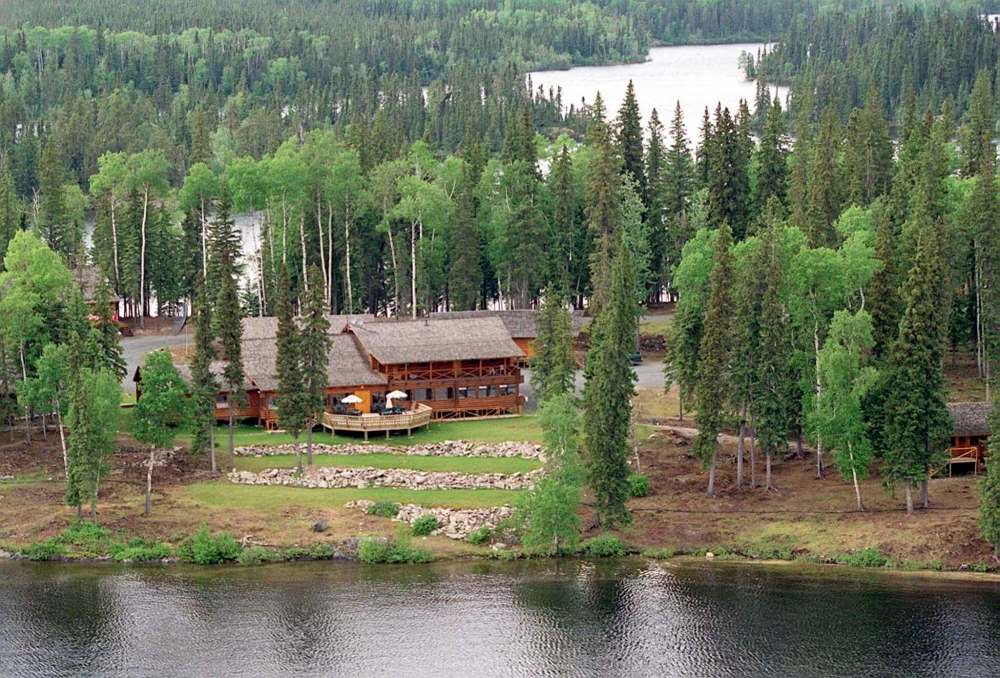Northern Manitoba offers rich potential
Advertisement
Read this article for free:
or
Already have an account? Log in here »
To continue reading, please subscribe:
Monthly Digital Subscription
$1 per week for 24 weeks*
- Enjoy unlimited reading on winnipegfreepress.com
- Read the E-Edition, our digital replica newspaper
- Access News Break, our award-winning app
- Play interactive puzzles
*Billed as $4.00 plus GST every four weeks. After 24 weeks, price increases to the regular rate of $19.00 plus GST every four weeks. Offer available to new and qualified returning subscribers only. Cancel any time.
Monthly Digital Subscription
$4.75/week*
- Enjoy unlimited reading on winnipegfreepress.com
- Read the E-Edition, our digital replica newspaper
- Access News Break, our award-winning app
- Play interactive puzzles
*Billed as $19 plus GST every four weeks. Cancel any time.
To continue reading, please subscribe:
Add Winnipeg Free Press access to your Brandon Sun subscription for only
$1 for the first 4 weeks*
*$1 will be added to your next bill. After your 4 weeks access is complete your rate will increase by $0.00 a X percent off the regular rate.
Read unlimited articles for free today:
or
Already have an account? Log in here »
Hey there, time traveller!
This article was published 18/11/2019 (2145 days ago), so information in it may no longer be current.
Northern Manitoba remains an enigma in the context of economic development. It is a region blessed with abundant natural endowments including a seaport, strong public-sector support systems, and an imperative on the part of all people and governments to create economic and community well-being.
It’s also a region separated by differing cultures and realities: larger, high-wage centres built around resource extraction versus small, often remote Indigenous communities with a traditional lifestyle removed from the economic mainstream.
Amid this dichotomy, northern Manitoba has the foundations for incredible wealth creation from industries such as mining, forestry, energy and tourism, which contribute and could continue to contribute billions of dollars to the Manitoba economy.

Last month, University College of the North, the Manitoba Chambers of Commerce and Look North hosted Linkages 2019.
More than 400 people from across Manitoba attended and had the honour of listening to such notable speakers as Matthew Coon Come of the Quebec Cree and Sen. Pat Bovey.
The goal of the conference was to continue a conversation about northern Manitoba, its economic opportunities and how to align regional and provincial aspirations. This conversation is important and necessary not only to the north, but to Manitoba and Canada as well. It is important that all Manitobans recognize the north deserves greater attention, not just because of the challenges faced by policy- and decision-makers, but because of the enormous potential for investment, wealth creation and the development of one of Manitoba’s greatest assets: Indigenous youth.
In discussions with industry and community leaders, the potential for growth remains exceptionally high. There are significant untapped reserves of gold, silver, nickel, copper, zinc, lithium, cobalt, diamonds and other metals and minerals necessary to, and important for, the new economy.
Northern dams generate an abundance of electrical power that does not require burning fossil fuels and there is an incredible renewable resource in the north’s forestry sector. The Port of Churchill and the northern rail line could and should be strategic resources for the economic growth of Western and Northern Canada.
Any lifelong resident of northern Manitoba can attest to the vast, gorgeous, ever-changing and pristine northern landscape and its potential for tourism.
And yet, northern Manitoba has communities with some of the highest poverty rates in Canada, the lowest health determinants and an over-reliance on government transfers.
The north is changing; it is no longer simply a warehouse for commodities for the south. The conversation at Linkages highlighted — with considerable emphasis — that the north is at the intersection of many of the most pressing issues of our time: climate change, poverty, Indigenous rights, sustainable and equitable resource development, the digital divide, wealth creation, cultural preservation, education, training, social justice and, most recently, western alienation.
The conversations that occurred at Linkages are important, but they are only a first step. Conversations do not get things done, people get things done — motivated, empowered, trained and capable people get things done.
For the north to realize its potential, we must focus on developing the human resource: one, because the opportunities for prosperity and community well-being will benefit all; and two, the consequences of not developing our people will continue to be tragically displayed in our social welfare system, our criminal justice system and on the streets of our cities and towns.
Northern Manitoba will be limited in its journey towards growth and prosperity if initiatives are led and managed from outside the region. Northern people will not realize their potential and their aspirations if they are not able to develop the tools they need to plan, organize, manage and inspire. The north must develop its own northern leadership capability so that it can effectively manage and grow the region.
The Linkages conference has delivered the message there is a better way forward, one that brings together northern people and unites them to achieve their common aspirations through collaboration and regional development.
Doug Lauvstad is president of University College of the North, which offers programming in 14 locations throughout Manitoba.
History
Updated on Monday, November 18, 2019 6:24 AM CST: Adds photo

